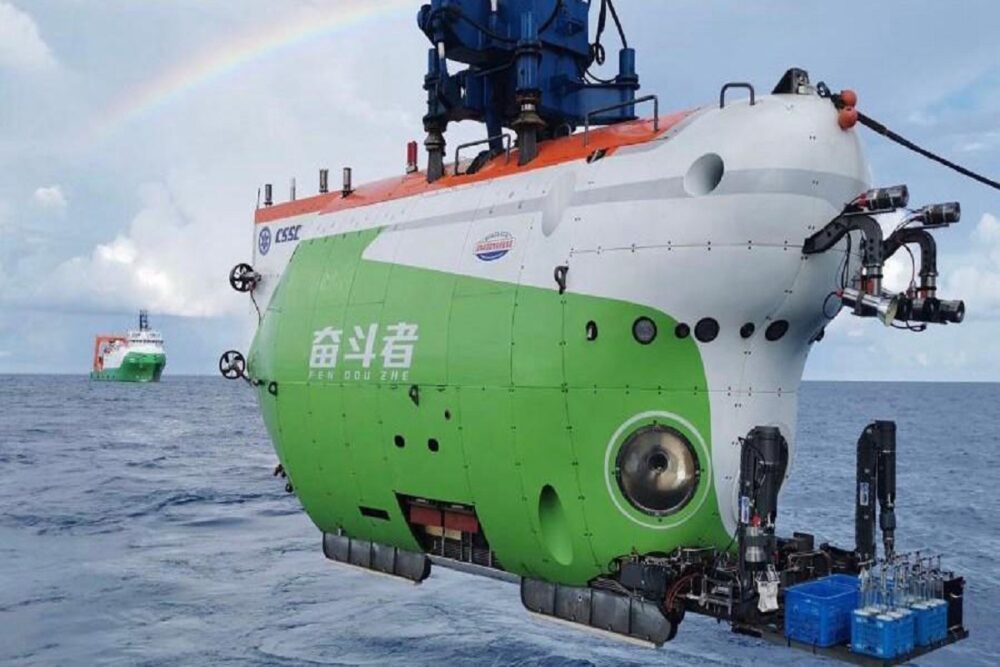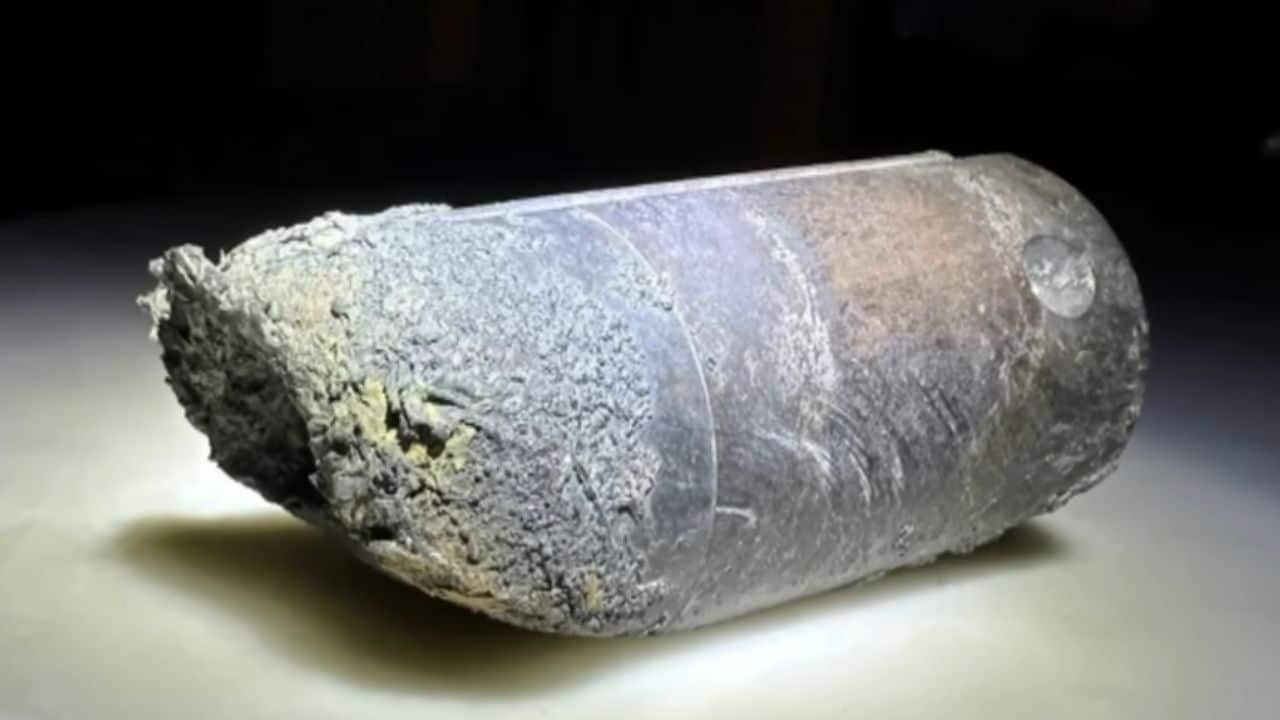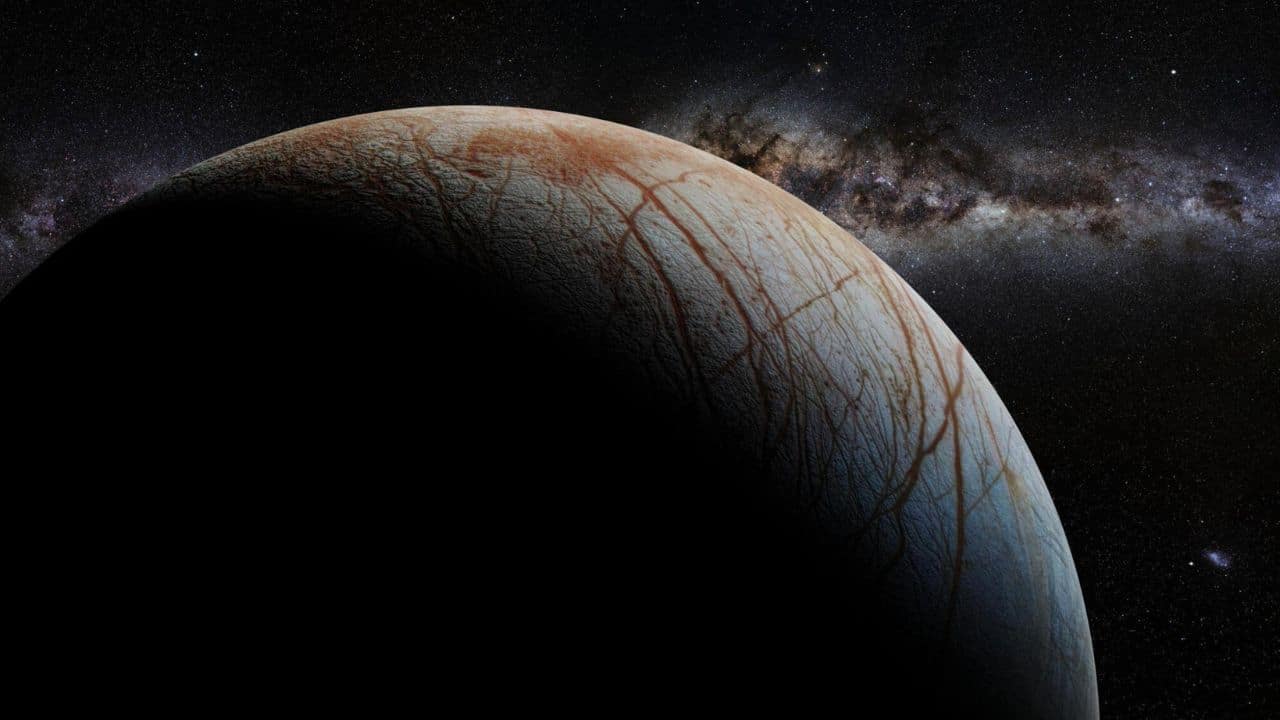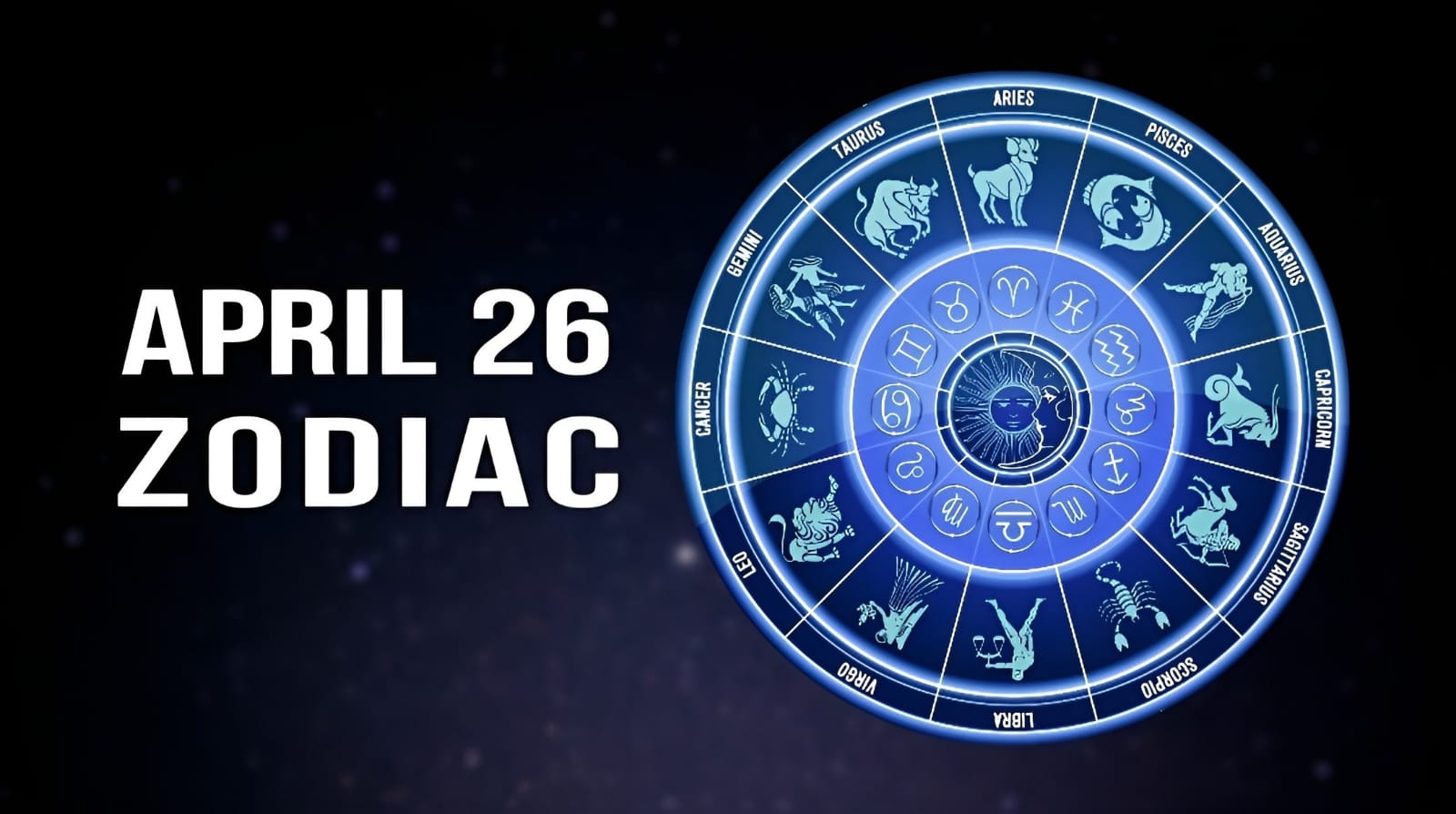Oceans cover 70 percent of the Earth’s surface, yet even today more than 80 percent of the seafloor remains a mystery. BGI Group, along with other scientists, is on a mission to change that, and in December 2021, the genomics organization participated in a scientific expedition to unlock the mystery of the world’s deepest waters and the origin of life itself.
The ocean floor is the final frontier. Described as the “perpetual night” by William Beebe, the deep sea is cold, dark, and characterized by intense pressure. At 100 meters, the pressure is ten times that on the surface; at 2000 meters, it is great enough to collapse a nuclear submarine.
These challenging conditions mean that the deep sea has remained unmapped, unobserved, and unexplored, with more than 80 per cent of the ocean’s floor remains a mystery. As Steinar Ellefmo explains, “We know more about the moon than we do about the seafloor.”
Indeed, a new study analyzing hundreds of sediment samples from expeditions covering the world’s oceans has revealed almost two-thirds of the deep sea’s diversity is unknown. Hence, it is a challenge for us to identify and protect vulnerable habitats or threatened species.
“We only have good information on less than 5 percent of the world’s oceans, and maybe sparse information on another 10 percent,” explains Ricardo Aguilar. “Therefore, how can we protect areas where we have no clue what is there?”
BGI Group is on a mission to tackle the dearth in deep-sea scientific research and joined other scientists in a world-leading scientific expedition to discover the mystery of the deep blue in December 2021.
Hoping to push the limits of science in one of the most extreme environments, BGI Group Co-Founder and Chairman Wang Jian, together with science research leaders Xu Xun and Liu Shanshan boarded the research vessel Tansuoyihao to sample organisms in the Pacific Ocean’s Mariana Trench.
The researchers that participated in this study are true pioneers, not only in terms of the scope of their research but also in their personal achievements. As a result of this expedition, Wang Jian became the first scientist in China to complete an expedition to the North and South Polar regions of the earth, reaching the summit of Mount Everest, and diving into the deepest part of the world’s waters.
At its deepest point, the Mariana Trench is more than 10,900 meters deep, deeper than Mount Everest if inverted. Like other areas of the deep sea, it is perpetually dark with temperatures near freezing and communication is very difficult. Due to these challenges, few have ventured before, with the opportunity for scientific discovery momentous.
For years, deep-sea areas such as the Mariana Trench were thought of as barren, lifeless wastelands. However, recent investigations have found thousand-year-old corals, microbes used to treat infectious diseases and cancer. Moreover, microbes living in hydrothermal vent fields could convert methane and sulfur into energy, which could provide new insights into the origin of life.
This is just a taste of what is out there to be discovered.
Scientists estimate that scientific discoveries from the ocean floor could help us address the most pressing concerns of our time, from mitigating the effects of climate change and reducing energy and mineral shortages, to strengthening defenses against natural disasters such as hurricanes and feeding the planet.
Hoping to solve these concerns, the BGI Group team aboard “Fendouzhe” sampled organisms living at the deepest point of the Mariana Trench, known as the Challenger Deep. The researchers then used BGI Group’s extensive sequence capabilities to digitize this newfound genetic material for comparative studies of ecosystems, geological structures, and life forms in different deep-sea trenches.
The relationship between genes and proteins is fundamental to human, animal, and plant biology. BGI explored this relationship in the extreme environment found in the trench and sequenced the metagenomes of organisms. The structure and function of those genes were analyzed to illuminate the processes of life in extreme environments. This process of ‘mining’ functional proteins from metagenomes reveals the ‘sequence-structure-function’ process, and how it operates in inhospitable environments, deepening our understanding of the fundamental processes that underpin all of human life.
Xu Xun, Executive Director of BGI Group and Director of BGI-Research explains, “The purpose of scientific research is to benefit the world, which is precisely the driving force behind BGI Group’s deep-sea exploration, to shine a light on pressing questions about biodiversity, extreme environmental adaptation, and the origin of life.”
As genomic sciences continue to develop, genetic scientists like those at BGI Group are looking for scientific concerns beyond the human genome.
BGI is committed to understanding genetic diversity in every corner of the earth, from the deepest ocean to the highest mountains, which is reflected in its joint leadership of a global project to protect biodiversity and safeguard the natural world for future generations. BGI is a project leader on the Earth BioGenome Project (EBP), which has been described by its founders as, “a moon-shot for biology that aims to sequence, catalog, and characterize the genomes of all of Earth’s eukaryotic biodiversity over a period of 10 years.”
The deep sea is full of mysteries worth exploring. Yet as more scientists explore the final frontier, discoveries that could tackle some of the Earth’s most pressing problems may well be in reach.
The solutions to biodiversity loss, climate change, and even food security may be lying beneath the surface.













































